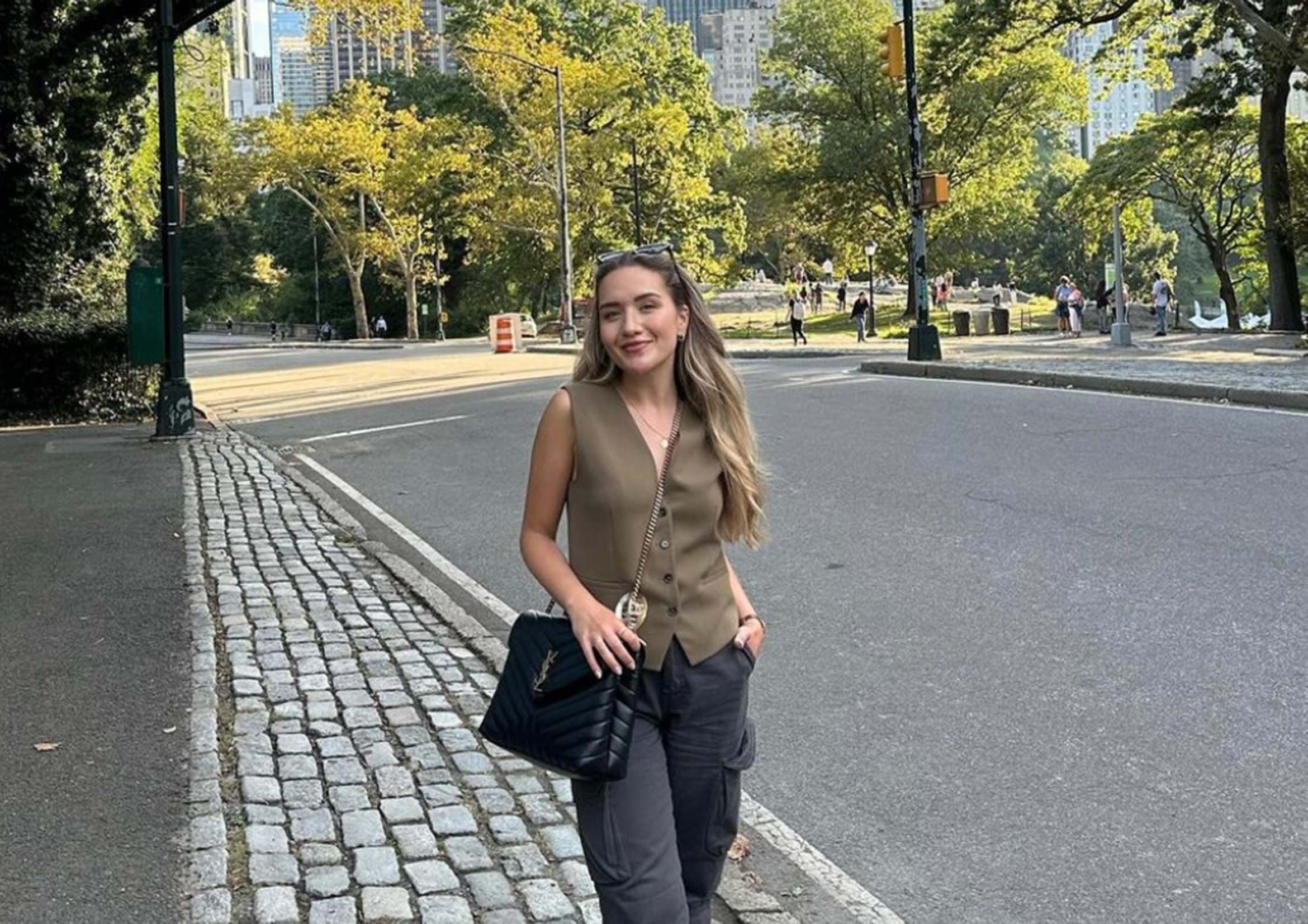The Diversity and Allure of New York’s Culture
New York City stands as a captivating microcosm of the world’s cultures, a sprawling metropolis that pulsates with an energy unlike any other. Its status as a cultural hub stems from a unique blend of historical significance, artistic dynamism, and a melting pot of diverse communities that have shaped its identity. The city’s irresistible allure to tourists is not confined to a single facet but rather a multifaceted tapestry of attractions.
Cultural Melting Pot:
New York’s cultural richness is a result of centuries of immigration that have woven a vibrant tapestry of languages, cuisines, traditions, and beliefs. From the bustling streets of Chinatown to the vibrant Hispanic communities in the Bronx, the city is a living testament to the harmony of diversity.
Historical Significance:
As a cradle of American history, New York has been witness to pivotal moments, from the birth of the nation to the waves of immigration that reshaped its landscape. Landmarks like Ellis Island, where millions entered seeking a new life, and the remnants of the old immigrant neighborhoods like Little Italy and the Lower East Side, echo tales of struggle, triumph, and cultural assimilation.
Artistic and Intellectual Haven:
The city’s streets and skyscrapers are adorned with creativity, housing some of the world’s most renowned artistic institutions. From Broadway theaters to the bohemian charm of Greenwich Village, from the grandeur of the Metropolitan Museum of Art to the avant-garde galleries of Chelsea, art and culture permeate every corner, inspiring both locals and visitors alike.
Economic and Global Center:
As an economic powerhouse and a global center for finance, fashion, media, and commerce, New York City magnetizes travelers seeking not only cultural enrichment but also professional and educational opportunities. The United Nations Headquarters stands as a testament to its global influence and commitment to international diplomacy.
Themes and Landmarks to Explore:
This article will delve into the heart of New York’s cultural marvels, exploring iconic landmarks such as The Metropolitan Museum of Art, the Statue of Liberty, Central Park, and the pulsating streets adorned with vibrant street art. Each holds a unique story, reflecting the essence of New York’s past, present, and future.
New York’s irresistible blend of cultures, history, arts, and opportunities make it an unparalleled destination, drawing in travelers from around the globe to partake in its endless tapestry of experiences and discoveries.
The Metropolitan Museum of Art: A Magnificent Fusion of Art and History

Architecture and Features:
Nestled along Fifth Avenue, The Metropolitan Museum of Art, fondly known as “The Met,” stands as a testament to architectural grandeur. Its façade, adorned with classic columns and intricate detailing, welcomes visitors into a world of artistic splendor. The museum’s sprawling layout, encompassing various wings and galleries, offers an immersive journey through diverse art forms and epochs.
Ticket Reservation, Prices, and Operating Hours:
To indulge in The Met’s treasures, visitors can book tickets through the museum’s website or on-site. Admission prices typically vary for adults, seniors, students, and children, with options for discounted or free entry on certain days. Operating hours often span the week, accommodating both early morning enthusiasts and late-afternoon art aficionados.
Art Collection and Significance:
The Met’s collection is an expansive tapestry that spans centuries, continents, and genres, embodying the depth of human creativity and expression. From ancient Egyptian artifacts to Renaissance masterpieces, from Asian sculptures to contemporary installations, the museum hosts an array of pieces that narrate humanity’s diverse cultural stories. Each artifact or artwork holds a pivotal place in history, reflecting societal beliefs, technological advancements, and artistic evolution.
Iconic Artworks and Exhibitions:
Within The Met’s halls reside renowned masterpieces that echo their historical narratives. For instance, the haunting beauty of Vincent van Gogh’s “Self-Portrait with a Straw Hat” or the captivating allure of Claude Monet’s “Bridge over a Pond of Water Lilies” transcends time, inviting viewers into the minds of these artistic geniuses. Special exhibitions, such as retrospectives on ancient civilizations or thematic showcases on social movements, shed light on specific historical epochs or artistic movements, offering deeper insights into cultural contexts.
The Metropolitan Museum of Art isn’t merely a repository of artistic treasures but a living testament to humanity’s creative prowess and historical tapestry. Its walls echo stories of triumph, turmoil, and the perpetual evolution of art, inviting all who wander through its halls to partake in an enriching journey through time and creativity.
Statue of Liberty: Symbol of Freedom and Unity
Appearance and Symbolic Significance:
The Statue of Liberty, an iconic figure standing proudly in New York Harbor, is a symbol of freedom and democracy. Her majestic figure, crafted from copper and standing tall at about 305 feet, exudes a commanding presence against the city skyline. With a torch held high in her right hand and a tablet inscribed with the date of America’s Declaration of Independence in her left, she represents enlightenment, progress, and the promise of a better future.
Ticket Reservations, Prices, and Operating Hours:
To visit this emblematic monument, visitors typically secure tickets in advance through official channels or on-site booths. Ticket prices vary based on age and access to different parts of the monument, such as pedestal or crown entry. Operating hours accommodate visitors during the day, allowing them to witness the grandeur of the statue against the backdrop of the New York skyline.
Historical Background and Symbolism:
The Statue of Liberty’s history traces back to its gift from France to the United States in 1886, commemorating the centennial of the American Declaration of Independence and celebrating the enduring friendship between the two nations. As an influx of immigrants arrived in America seeking freedom and a new life, Lady Liberty welcomed them with open arms, symbolizing hope, opportunity, and the American dream.
Her symbolism extends far beyond American shores, embodying universal ideals of liberty, democracy, and human rights. She stands as an enduring beacon of hope and unity, inspiring people worldwide and symbolizing the shared values of freedom and inclusivity.
The Statue of Liberty, with her steadfast presence and timeless message, continues to serve as a powerful symbol, not only for the United States but for the world—a reminder of the pursuit of liberty and the unwavering spirit of humanity’s quest for a better tomorrow.
Central Park: Nature’s Oasis in the Urban Jungle

Natural Beauty and Urban Landscape:
Central Park, a sprawling oasis spanning over 840 acres in the heart of Manhattan, is a testament to the harmonious blend of nature and cityscape. Its lush greenery, meandering pathways, and serene lakes offer a refuge from the bustling metropolis. Towering trees, manicured lawns, and vibrant gardens create a picturesque backdrop against the surrounding skyscrapers, showcasing nature’s beauty amid the urban landscape.
Ticket Reservations, Prices, and Operating Hours:
Thankfully, Central Park remains a free sanctuary for all to enjoy, with no admission fees required. Its gates welcome visitors from dawn till dusk, providing ample time for leisurely strolls, picnics, or recreational activities. However, specific attractions within the park, such as the Central Park Zoo or certain events, might have separate ticketing and operating hours.
History, Development, and Cultural Significance:
Central Park’s genesis in the mid-19th century marked a visionary endeavor to create a green haven within the city’s bustling confines. Designed by Frederick Law Olmsted and Calvert Vaux, the park evolved from swamplands and rocky terrain into a meticulously landscaped masterpiece. Its development mirrored the growth of New York City, providing a sanctuary for New Yorkers and visitors alike. Central Park has played a pivotal role in the city’s social and cultural fabric, serving as a venue for gatherings, protests, celebrations, and artistic inspirations throughout history.
Iconic Spots and Activities:
Within Central Park lie iconic landmarks and spots that resonate with visitors. The Bethesda Terrace and Fountain, a masterpiece of architectural and sculptural artistry, stand as a center of socialization and artistic expression. The Bow Bridge, a romantic and picturesque spot spanning the lake, offers stunning views of the park’s beauty. Belvedere Castle, a Gothic-inspired architectural gem, provides panoramic vistas of the park.
Scattered throughout the park are sculptures and monuments that commemorate historical figures or evoke contemplation, each with its unique story. From the Alice in Wonderland statue to the Strawberry Fields memorial honoring John Lennon, these spots add layers of history and emotion to the park’s charm.
Central Park isn’t just a verdant escape; it’s a testament to human ingenuity and nature’s resilience, a haven where city dwellers and visitors alike find solace, recreation, and an escape from the urban hustle—a true gem nestled in the heart of New York City.
Street Art and Cultural Strolls: The Vibrant Canvas of New York’s Streets

Artistic Ambiance of New York’s Streets:
New York’s streets are alive with a pulsating artistic energy, adorned with a kaleidoscope of graffiti, murals, and street art that serves as an open-air gallery. From the walls of SoHo to the alleyways of Bushwick, every corner tells a unique story through vibrant colors, intricate designs, and thought-provoking messages. These creations range from politically charged statements to whimsical expressions of creativity, reflecting the diversity of the city’s artistic spirit.
Impact on Local Culture and Communities:
Street art isn’t merely paint on walls; it’s a cultural dialogue that transcends boundaries, sparking conversations and fostering a sense of community. It provides a platform for marginalized voices, addressing social issues, and celebrating cultural diversity. These artworks often breathe life into forgotten spaces, revitalizing neighborhoods and becoming symbols of local identity and pride. Street art tours and festivals have emerged, inviting residents and visitors to engage with the city’s evolving cultural landscape.
Renowned Street Artists and Artworks:
New York has been a nurturing ground for renowned street artists whose works have garnered international acclaim. Banksy’s enigmatic and politically charged stencils, the vibrant murals of Eduardo Kobra celebrating cultural icons, or the colorful geometric patterns of Maya Hayuk—all contribute to the city’s vibrant artistic tapestry. Each artist brings a distinct style and message, influencing the narrative of street art and leaving an indelible mark on the city’s visual landscape.
Importance and Allure of a Cultural Tour in New York
Exploring New York’s cultural wonders, from the hallowed halls of renowned museums to the vibrant streets adorned with street art, offers a multi-dimensional experience. It’s an invitation to immerse oneself in the city’s diverse narratives, unraveling layers of history, creativity, and societal evolution.
Encouragement for Personal Exploration
Embarking on a cultural tour in New York isn’t just about sightseeing; it’s about embracing a city that thrives on its cultural diversity and artistic dynamism. I encourage readers to step beyond the tourist spots, wander through the lesser-known streets, engage with local communities, and discover the hidden gems that make New York a pulsating hub of culture and creativity. Personal experiences in the city’s cultural landscapes promise moments of inspiration, reflection, and connection with the soul of New York City.




